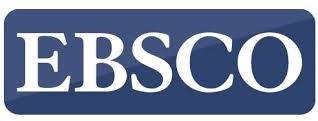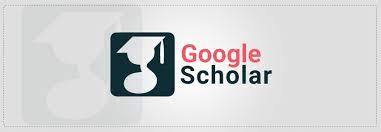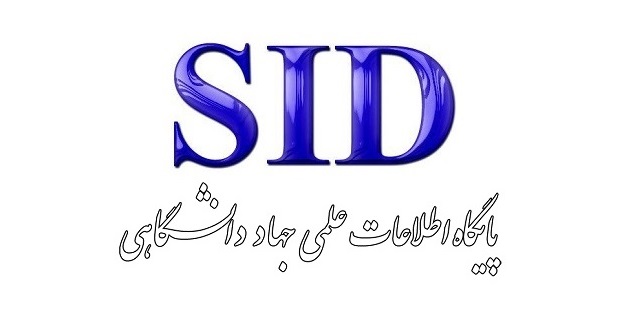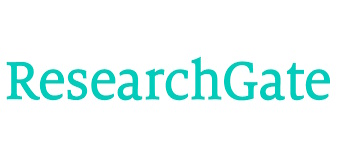Designing an Adaptive Model of Intra-Organizational Strategic Intelligence: Case Study of Public and Private Organizations
Keywords:
Strategic intelligence, Government organizations, Private organizations, Dynamic capabilities, Knowledge managementAbstract
The purpose of this study is to design an adaptive model and explain the mechanism of intra-organizational strategic intelligence within public and private organizations. To achieve this aim, a mixed-methods approach (qualitative–quantitative) was employed. In the qualitative phase, data were collected through 12 semi-structured interviews with senior managers, strategic experts, and specialists in knowledge management and strategic intelligence in both public and private organizations. Thematic analysis was conducted using MAXQDA software (version 2020), leading to the identification of the components and dimensions of the model. In the quantitative phase, the statistical population consisted of 5,213 managers and experts from three public and three private organizations located in the city of Kerman. Stratified random sampling was used, and 360 individuals were selected as the final sample. Quantitative data were collected through a researcher-developed questionnaire, the validity and reliability of which were confirmed. To validate and test the conceptual model, structural equation modeling (SEM) was conducted using SmartPLS software (version 3). The findings indicated that components such as environmental awareness, analytical capabilities, information exchange culture, human resources training, competence in risk assessment, organizational flexibility, decision-making support, intelligent resource management, and a culture of innovation and creativity are key dimensions of intra-organizational strategic intelligence. As a result of this study, a practical and adaptive model was presented for enhancing strategic intelligence in public and private organizations, which can contribute to improved. decision-making and organizational performance.
Downloads
References
Barney, J. B., & Arikan, A. M. (2021). The resource-based view: Origins and implications. In R. E. F. M. A. Hitt & J. S. Harrison (Eds.), (pp. 124-147). Blackwell Publishing. https://www.scirp.org/reference/referencespapers?referenceid=2301136
Bechtsis, D., Panopoulos, D., Vlachopoulou, M., & Nikolaidou, A. (2024). Strategic intelligence in the digital transformation of public and private organizations: Comparative insights. Government Information Quarterly, 41(1), 101-119. https://doi.org/10.1016/j.giq.2023.101119
Grant, R. M. (1996). Toward a knowledge-based theory of the firm. Strategic management journal, 17(11), 109-122. https://doi.org/10.1002/smj.4250171110
Hamuda, O. A., & Elshref, H. A. (2024). Strategic intelligence and its impact on enhancing organizational culture: A study on senior management staff at Misurata University. Kufa Journal of Economics and Administrative SciencesVL - 14(51), 141-160. https://doi.org/10.36322/kuey.v14i51.5947
Helfat, C. E., & Raubitschek, R. S. (2020). Dynamic and integrative capabilities for profiting from innovation in digital platform-based ecosystems. Research Policy, 49(8), 103124. https://doi.org/10.1016/j.respol.2020.103124
Kazemi, M., Hosseini, S. M., & Moradi, M. (2022). Strategic Intelligence and Regional Economic Development: Challenges and Opportunities in Kerman Province. Journal of Regional Economy and Politics, 15(2), 89-108.
Liebowitz, J., Paliszkiewicz, J., & Gołuchowski, J. (2023). Strategic intelligence in the age of digital transformation: A new paradigm for organizational success. Journal of Knowledge ManagementVL - 27(5), 1234-1256. https://doi.org/10.1108/JKM-03-2022-0215
Mohammed, S. M., & Saadaoui, S. (2024). The role of strategic intelligence for leadership in developing proactive work behaviours amongst universities' employees. Journal of Applied Research in Higher Education. https://doi.org/10.1108/JARHE-07-2023-0294
Teece, D. J. (2014). The foundations of enterprise performance: Dynamic and ordinary capabilities in an (economic) theory of firms. Academy of Management Perspectives, 28(4), 328-352. https://doi.org/10.5465/amp.2013.0116
Teece, D. J., Pisano, G., & Shuen, A. (2023). Dynamic capabilities and strategic management: A retrospective and prospective view. Strategic management journal, 44IS - 1, 3-34. https://doi.org/10.1002/smj.3456
Thornton, P. H., Ocasio, W., & Lounsbury, M. (2012). The institutional logics perspective: A new approach to culture, structure, and process. Oxford University Press. https://doi.org/10.1093/acprof:oso/9780199601936.001.0001
Vriens, D., & Solberg Søilen, K. (2022). Competitive intelligence and strategic decision-making: An updated perspective. Journal of Intelligence Studies in Business, 12(1), 45-60.
Weick, K. E. (1995). Sensemaking in organizations. Sage Publications. https://www.amazon.co.uk/Sensemaking-Organizations-Foundations-Organizational-Science/dp/080397177X
Zahra, S. A., & George, G. (2002). Absorptive capacity: A review, reconceptualization, and extension. Academy of Management Review, 27(2), 185-203. https://doi.org/10.5465/amr.2002.6587995
Downloads
Published
Submitted
Revised
Accepted
Issue
Section
License
Copyright (c) 2025 حوا حیدریان (نویسنده); عباس بابایی نژاد; علی رئیس پور رجبعلی , سهیلا شمسالدینی (نویسنده)

This work is licensed under a Creative Commons Attribution-NonCommercial 4.0 International License.








